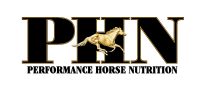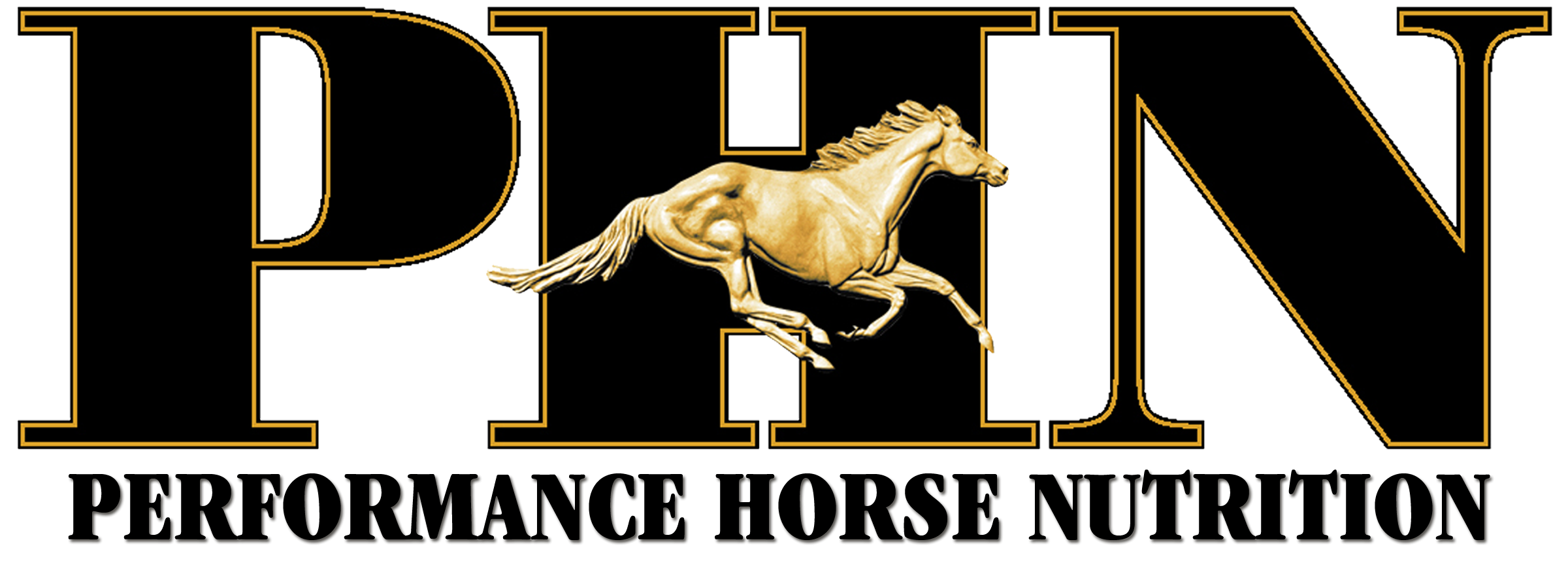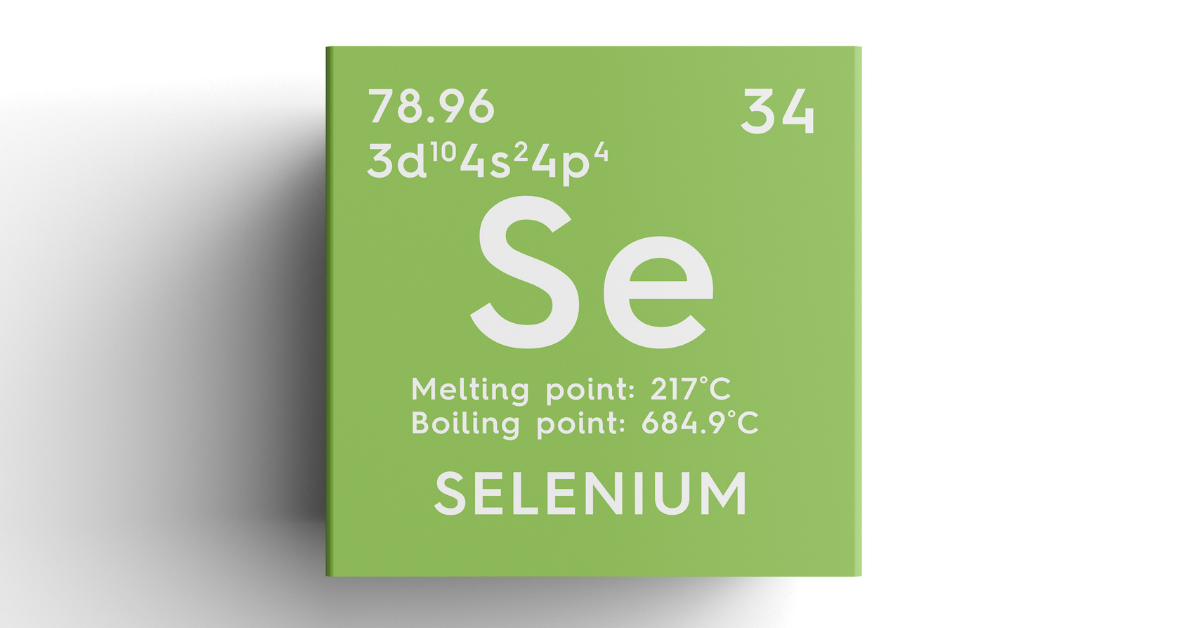RESEARCH:
SELENIUM FERTILIZATION
2021

Written by Performance Horse Nutrition
Selenium is an essential nutrient for horses. Deficiencies of selenium can result in muscle weakness leading to impaired locomotion and difficulty swallowing. Selenium deficiency can also depress immune function.
Many areas of the United States produce forages (hay/pasture) and grains that are selenium deficient. These crops are deficient in selenium due to low content and availability of selenium in the soil. A recent study was conducted at Oregon State University to determine if selenium fertilization could enrich selenium content of pasture plants (Filley et al. 2007). In that study, inorganic selenium in the form of sodium selenite or sodium selenate was broadcast on pasture forage consisting of perennial ryegrass and subterranean clover. Treatments were 0.0 (control), 0.6, 1.1 and 2.2 kg/ha selenium as sodium selenite and 0.6 kg/ha as sodium selenate. The selenate form was only included at the lowest level (0.6 kg/ha)
because of its high availability to plants. The selenium concentrate of forage which did not receive selenium fertilization was 0.087 mg/kg. Selenium fertilization with sodium selenate (0.6 kg/ha) resulted in the greatest forage selenium concentration at 8.44±0.08 mg/kg. Both the 0.6 and 2.2 kg/ha selenite treatments provided significantly greater forage selenium content (1.17±0.05 and 4.24±0.35 mg/kg, respectively) compared to non-fertilized grass. Based on this research, it can be concluded that selenium fertilization will increase the selenium concentration in pasture forage. However, extreme care must be utilized in choosing the physical form and the amount of selenium to apply to pasture forage since the selenium levels that were produced in these experimental forages may be toxic to horses. Additional research is necessary to determine the feasibility of selenium fertilization to produce selenium enriched forages for horses. Selenium fertilization of pastures for improved forage selenium content.
2007. S.J. Filley, A. Peters, C. Bouska, G. Pirelli and J.
Oldfield. The Professional Animal Scientist 23:144-147.

